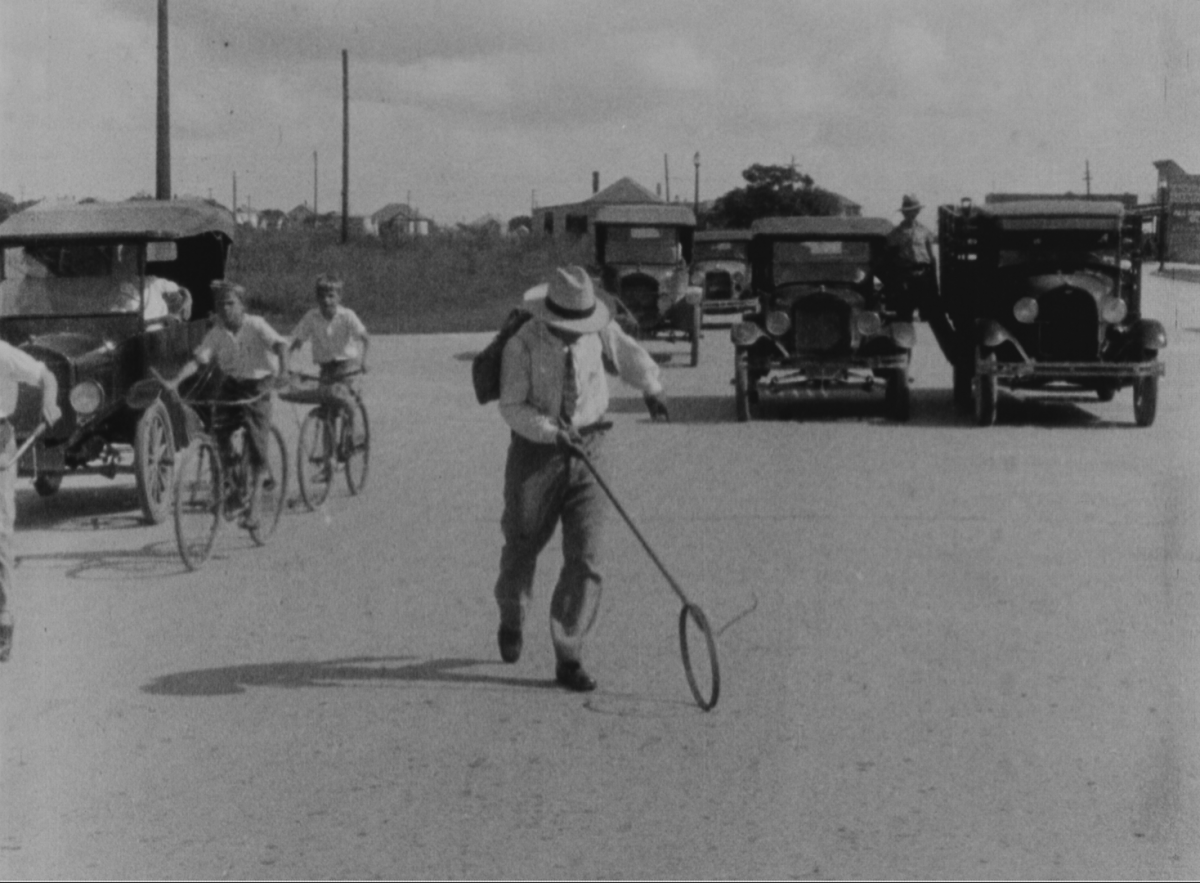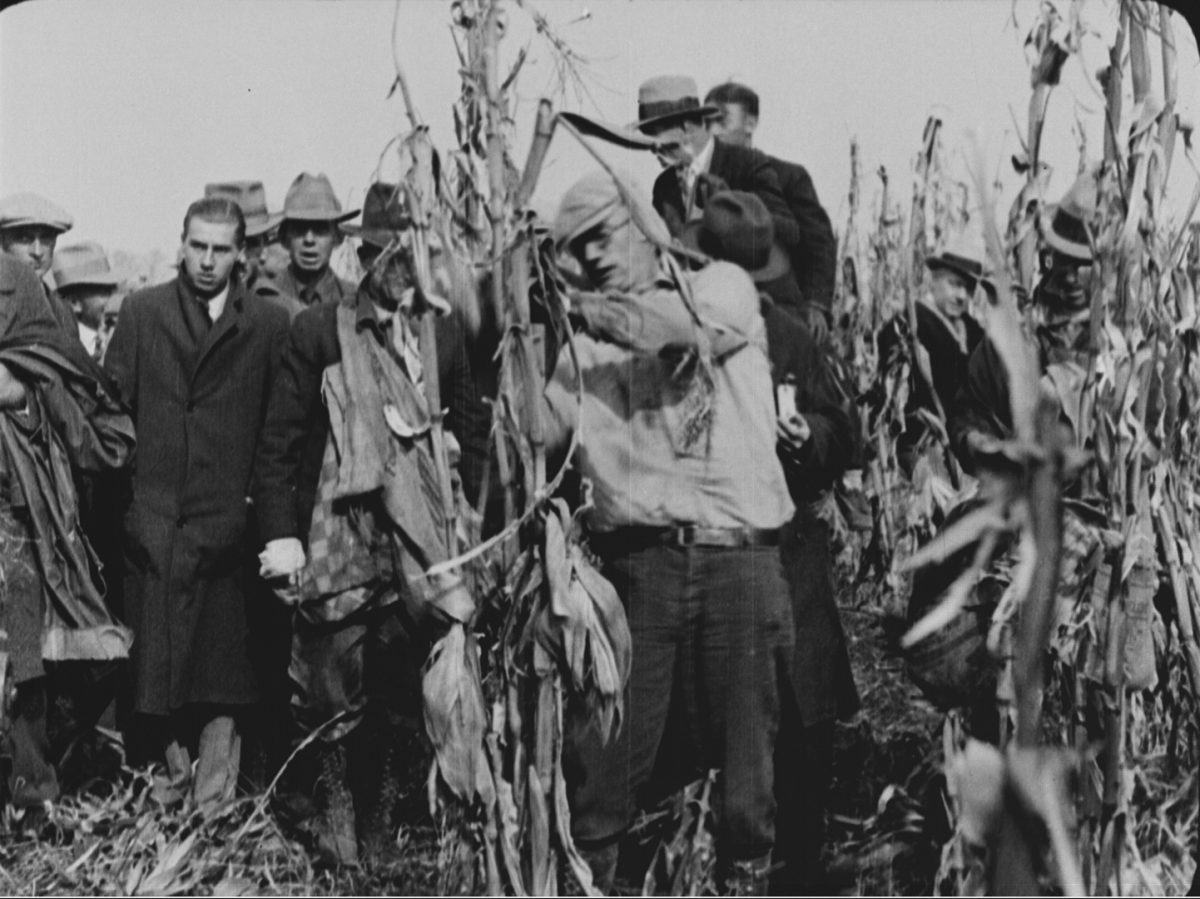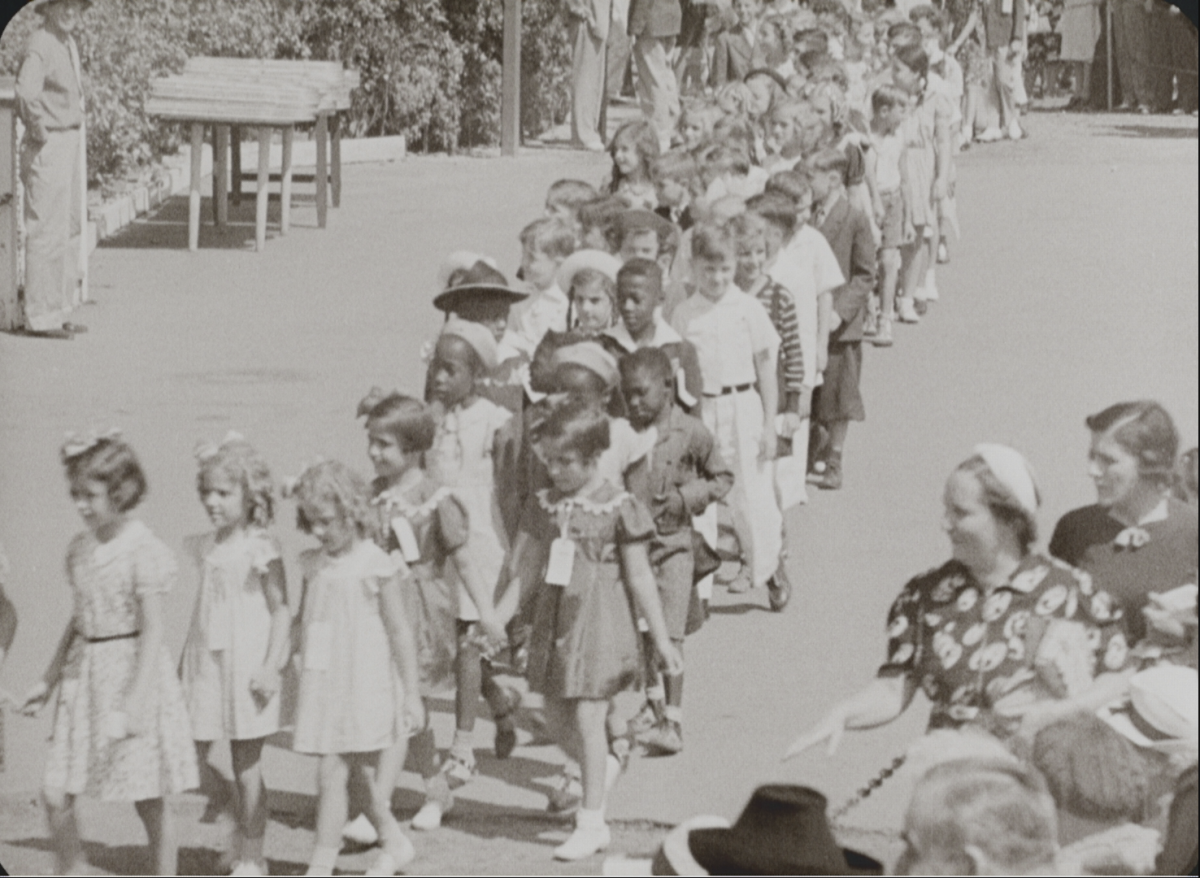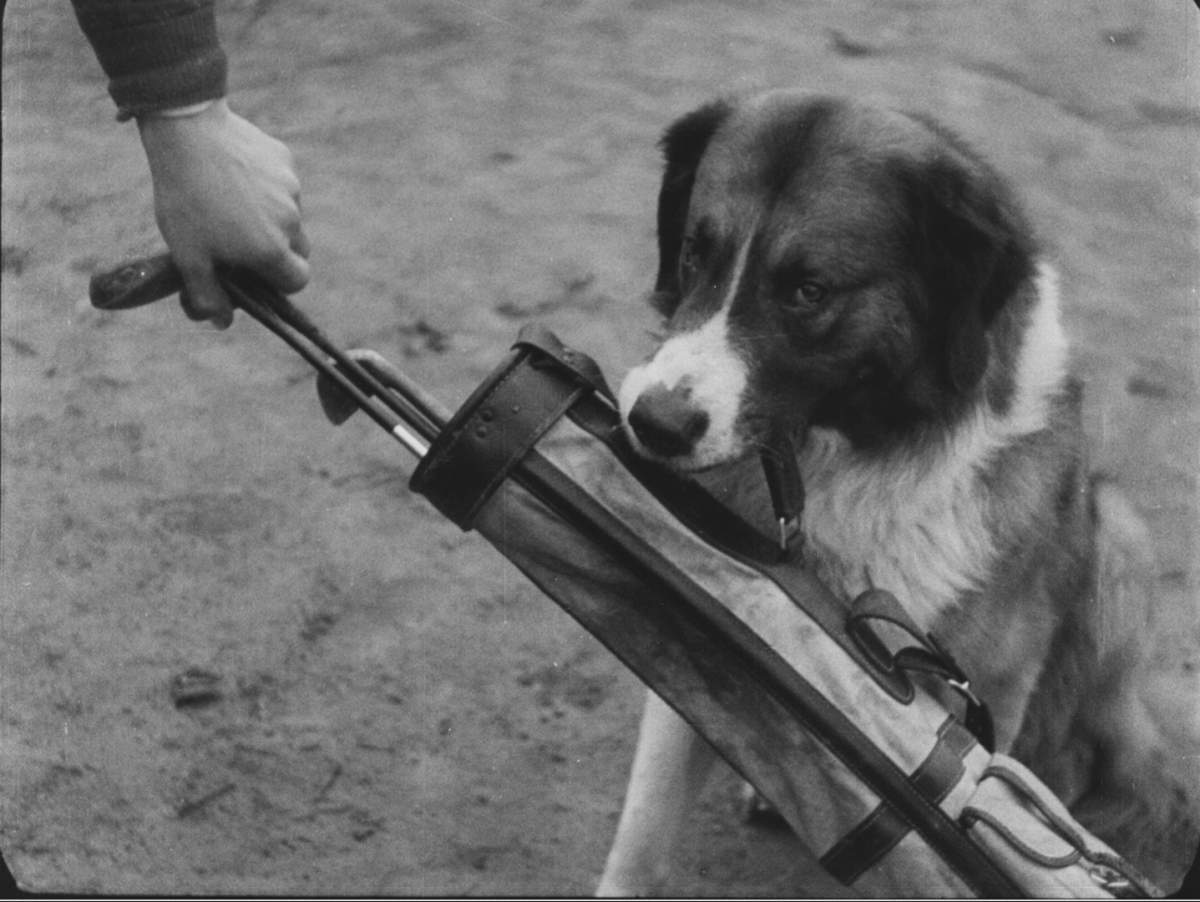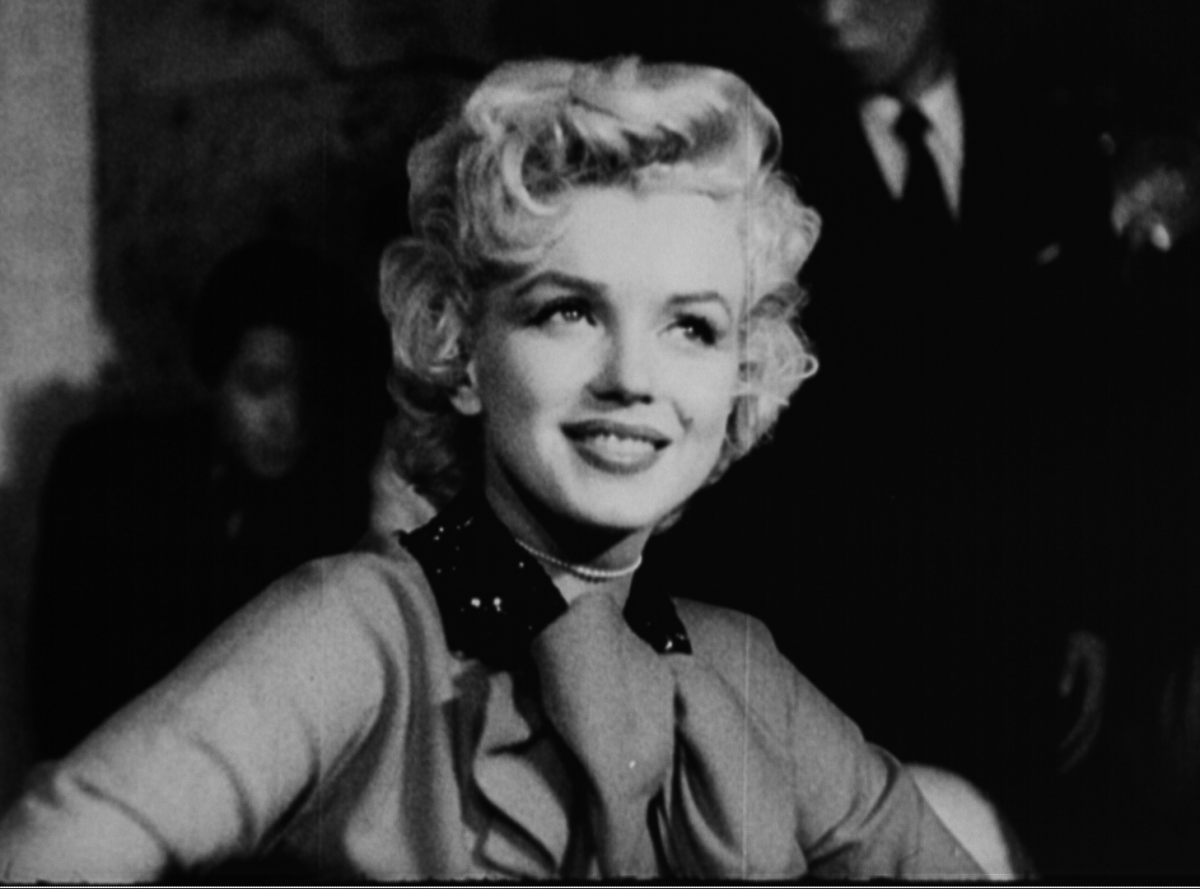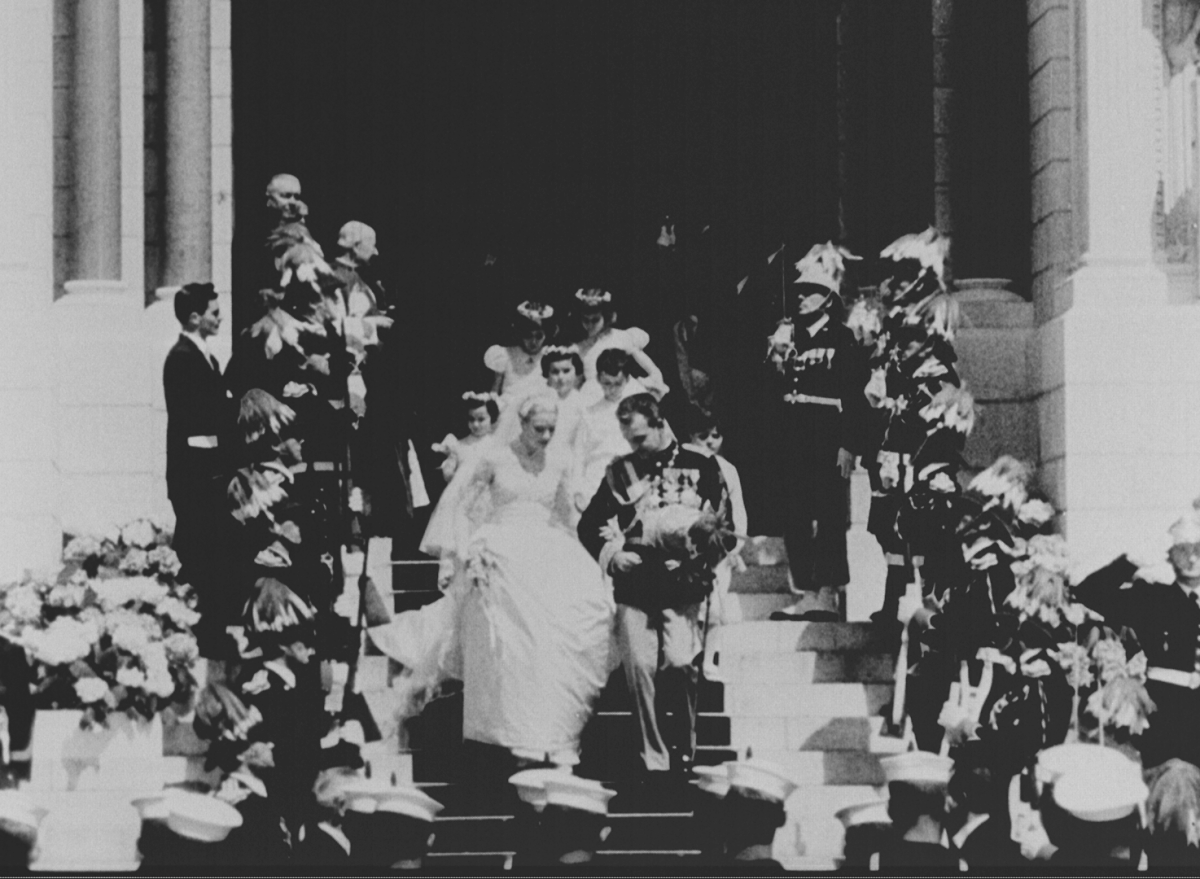
Fads and Fashion
The Lighter Side of the Universal Newsreel Collection
Summer 2013, Vol. 45, No. 2
By Donna Inserra
Dance contests and diaper derbies, fashionable hats and fashionable people. While documenting the major stories of its era, the Universal Newsreel collection also chronicled the lives of ordinary citizens in situations that ran from the heroic—to the ridiculous.
Universal Pictures donated the collection to the National Archives in the 1970s and put it in the public domain. As such, it is a source of information for historians and filmmakers, as well as for armchair viewers remembering the Saturday matinees of their childhoods.
The major news events of the times—the kidnapping of the Lindbergh baby, the repeal of Prohibition, the battles of World War II, Presidential elections, the coronation of Queen Elizabeth II, and the space race—are all there.
“Newsreels started giving us a visualization of life around us,” Professor Robert J. Thompson, an authority on television and popular culture, said in an interview. “This was transformative in the way we saw the world. Everyone thinks it started with television. It didn’t—it started with the newsreel.”
But from the beginning, there were lighthearted topics, too: twin conventions, barrel-jumping, the world’s biggest pie. The newsreels were, after all, part of a trip to the movies, where audiences expected to have a good time.
“Indeed, newsreel producers went to a good deal of trouble to avoid subjects that were likely to generate widely separated opinions and emotions among theater audiences,” says Raymond Fielding, author of The American Newsreel, 1911–1967. “Part journalism, part show business, the newsreel was meant to entertain, and in those rare instances when it actually touched upon newsworthy, controversial subject matter it came under attack from without and within the film industry’s own ranks.”
Fielding points to a 1930s statement by Martin Quigley, editor of Motion Picture Herald, as the best description of how Hollywood viewed newsreels. “[N]ewsreels have no social obligation beyond those of the amusement industry and theatres they are supposed to serve. Newsreels have an obligation, if they are to be purveyed as entertainment in theatres, to be entertaining.”
Although the newsreels never pretended to provide the comprehensive news coverage of print, radio, or later, television, they had an impact on the American public, nonetheless. “Newsreels were simplified, short, and with an American point of view,” says Robert Thompson. “It wasn’t as if you were getting raw truth. But they were such powerful images, we think that we have seen it, because, on at least one level, we have.”
Daily American Life Serves as Entertainment
In the decades before Twitter and YouTube, Americans still vied for public attention. In Universal Newsreel’s first volume in 1929, H. B. Williams attempts to push a hoop for 2,000 miles. In later reels, dancers attract a crowd below as they perform atop a skyscraper. A skater attempts a new world’s record in flagpole skating, spending 51 consecutive hours on a 60-inch platform at 125 feet.
While college athletic events, professional sports, and Olympic games gained a place on the reels, so too did the more unusual contests enjoyed by everyday Americans. Watch “America’s premiere corn shucker,” Harold Holmes. “In eighty minutes, Harold plucks 35 bushels,” proclaims the caption.
Betty Berkely wins the “feminine” honors in the Pacific Coast log-rolling championships, before taking on Bob Craig, champ among the lumberjacks. In the end, “it’s the man who is swept off his feet.”
Another newsreel filmed an endurance walk contest in 1932, in which couples shuffle around a Chicago Coliseum hall for more than a month, with a 15-minute rest after every hour. Movie audiences watched participants collapse and be dragged off the floor, presumably to be attended by the doctor and three registered nurses on duty. The prizes were said to include the title of the world’s most upstanding walker.
Thompson notes that the filming of wacky contests just encouraged more wacky contests. “Once you have somebody covering this stuff, it of course is going to stimulate more people into doing it. If somebody’s doing the jitterbug on a newsreel, that opens up real estate for more jitterbug contests. It’s one thing to have it in your local newspaper, and another to have it seen nationwide.”
The newsreel unabashedly ran a series entitled, “Oddities in To-days News.” In one clip, pilot Bob Craig attempts a takeoff of his Gray Goose airplane, which uses a motorcycle engine to work the wings. “Now watch it shake its tail off. Look out! Whoop! There it goes. Too bad, Bob,” laments the commentary.
Shenanigans in the newsreels presaged today’s social media videos. “In a weird way,” says Thompson, “some of the sillier portions, they remind me of so much stuff you see on YouTube.”
Multiple births were a preoccupation. Twin conventions, triplets, the Dionne quintuplets, even a cow’s quadruplets made the clips. “Only three such sets occur in a million births,” the announcer marvels.
Animals in unusual situations were a popular topic. St. Bernard dogs act as golf caddies. A cat adopts a litter of wild foxes. In an international frog-jumping contest, the winner, “Can’t Take It,” jumps 15 feet, 6½ inches! There were even animal fashion shows—dogs in white tie and flapper hats, turkeys “dressed” as witches and Snow White.
Newsreels Provide a Runway for What’s New in Fashion
Beauty pageants and ladies’ fashion were also newsreel staples. As films became a dominant form of entertainment, Americans looked away from Paris toward Hollywood for the latest style trends.
“In the 1930s, fashion was much more important in the films, and the filmmakers seemed to always manage to include scenes that called for smart suits for day, great hats, peignoirs or at-home loungewear, and of course gowns,” says Susan Brown, associate curator at the Cooper-Hewitt, National Design Museum.“ The fashion industry was ready with looks inspired by the films. It was very democratizing, compared to the exclusivity of Paris runway shows and haute couture, which might eventually make its way into ready-to-wear.”
Moviegoers were a captive, but receptive, audience for the latest designs displayed in the newsreels. Hoopskirts, corset styles, bathing suits, honeymoon wear, and hula holiday clothes were among the offerings, as were fashions for men and tots.
There were, by today’s standards, an inordinate number of clips featuring hats. Whitney Blausen, correspondent for the Costume Society of America, says it’s not surprising. “Every woman in the thirties and forties, whenever she left the house, certainly to church, to a civic event, to a PTA meeting, would wear a hat.”
One story highlighted pieces by custom millinery designer Walter Florell. “Ladies hats, it seems, are going native,” reads the narration, describing the collection as running from “fancy French turbans to fruit salad.” The hats even had names, such as White Elephant, Fringed Fantasy, and Cornfield.
“A hat would go with a suit, a hat would go with a dress. Think of the Jimmy Choo shoes in the television show Sex In the City, says Blausen. “Women might easily have six or eight or more hats.”
Spoofing the millinery craze, one segment displays the creations of Al Colby, manager of a hardware store in San Mateo, California. His “hardware headgear” includes flowerpot holders, mops, and door handles in the designs.
Fads, fashion, and other whimsy took a backseat to battlefront news during World War II. Americans, hungry for news from the front, flocked to theaters.
“The newsreel was the only ‘moving image’ news available then, and people eagerly watched the nine-minute newsreels in theaters to get a feeling about the war’s progress,” says Fielding. “Also, many mothers and fathers hoped, perhaps foolishly, that they might see a quick newsreel shot of their sons going ashore.”
Hollywood Stars, Royalty Fascinate the Moviegoers
It was a heady time for the film industry in general. “During the second world war, nearly every kind of recreation and indulgence that the public enjoyed had to be sacrificed,” notes Fielding. “The only indulgence that was available at low cost to everyone was the motion picture, and for five years the film industry prospered mightily.”
Universal resumed a wider mix of stories after the war. Then, as now, there was a fascination with activities of the famous, such as a celebrity golf outing with the irrepressible Bob Hope, Danny Kaye, and Milton Berle. Frank Sinatra promotes a film with bride Ava Gardner. Yankee slugger Joe DiMaggio is upstaged by wife Marilyn Monroe on a tour of Japan. In Hollywood, Elizabeth Taylor and Rock Hudson put their handprints in cement. Academy Awards and the Golden Globes are breathlessly chronicled.
There is a fascination too with European royalty. The travels of the Duke and Duchess of Windsor are followed. The coronation of Queen Elizabeth II, with a tiny Prince Charles looking on, is described in great detail. The newsreel hit the jackpot with the marriage of American movie star Grace Kelly to Rainier III, the prince of Monaco—Hollywood and royalty! The newsreel included both the civil and religious ceremonies, calling it “one of the sparkling weddings of the decade, uniting a queen of make-believe with a real life Prince.”
Some of the images seem very familiar, since the Universal Newsreel collection is in the public domain and easily accessible. Senator John F. Kennedy’s wedding to Jacqueline Bouvier is trumpeted as “the top society wedding of the year.” Singer Elvis Presley is drafted into the Army, released from the Army, and married to Priscilla Beaulieu in the newsreel over the years.
In another recognizable clip, the Beatles return home to a wild welcome after a triumphal U.S. visit. “They did what the redcoats couldn’t do with the American Revolution,” boasts veteran narrator Ed Herlihy. “They conquered the colonies.”
Television Arrives and Seals The Fate of the Newsreels
In the postwar years, when all kinds of entertainment again became available, interest in films in general waned. Newsreels “never made a penny for their studios, and when the hard financial times came to the film business, after World War II, they were among the first items to be jettisoned from the programs,” says Fielding. The growth of television news further cemented their demise.
In his book The American Newsreel, 1911–1967, Fielding points out that Universal was late to the sound-on-film competition. Lacking the advantages of a Fox, Paramount, or Pathé, he says the newsreel was forced to run a low-budget operation, with studio-produced, rather than natural, sound. “Within the trade, because of its penny-pinching operations, Universal’s reel became known as “‘The Five-Cent Weekly.’” Yet when Universal Newsreel ceased production in 1967, Fielding notes, it was the longest-lasting of them all.
Universal’s collection at the National Archives is incomplete. Many soundtracks were disposed of before the material was donated to the Archives. Little sound remains before 1957, although printed texts of the narration are available. Additionally, a tragic fire in 1978 destroyed some issues. Yet the images and sound that do remain give viewers a unique perspective on an America just before the video age.
Even now, Americans’ view of the years before television is still shaped by what is in the films. Newsreel clips are still used today for documentary productions and for historical reference. “There are a lot of people and events [for which] the only audiovisual history we have is from the newsreel,” says Thompson. “When one thinks of the thirties and forties, they are in black-and-white, and look a certain way. Our image of that era comes from newsreels.”
They serve, too, as a trip down memory lane for a casual viewer, who remembers those hours in a darkened movie theater—watching the world go by.
Author
Donna Inserra is an Emmy-winning television news and web producer whose work has appeared on CBS, FOX, NBC, and PBS television, among other media. She has used National Archives still picture, radio, and film collections extensively in news and documentary productions.
Note on Sources
© 2013 by Donna Inserra
Viewing copies of the Universal Newsreel collection, including some outtakes, are available in the Motion Picture, Sound, and Video Research Room at the National Archives at College Park, Maryland. Production notes and narration texts for the newsreel are also held there. Finding aids include binders arranged by year with issue descriptions. A microfilmed card catalog has a classification scheme with divisions such as general index, locations, and personalities.
The American Newsreel, 1911–1967, was an important resource for this article. I wish to thank the author, Raymond Fielding, dean emeritus at Florida State University, for his assistance. Robert J. Thompson, Trustee Professor of Television and Popular Culture at Syracuse University, provided historical context in an interview. I also wish to thank Susan Brown, associate curator at the Cooper-Hewitt, National Design Museum, for corresponding with me about fashion in the 1930s. Finally, James Konicek was of enormous help in the Motion Picture, Sound, and Video Research Room at the National Archives at College Park.
